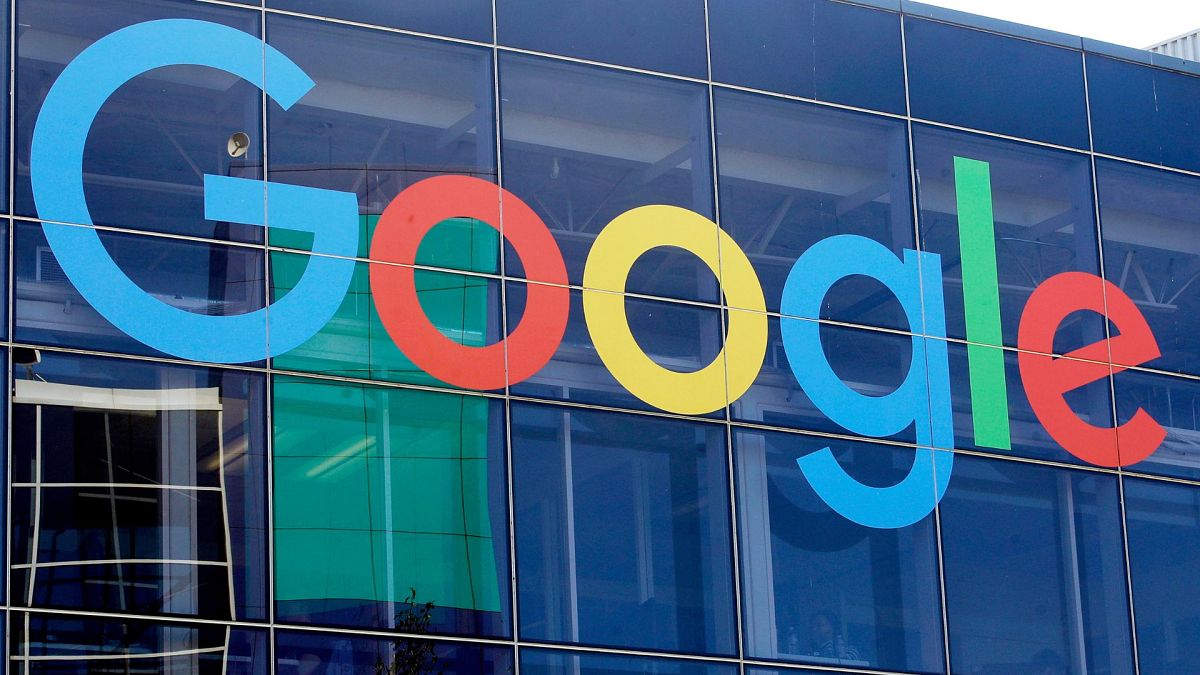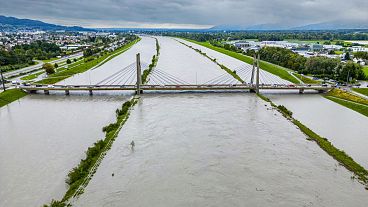Scientists have asked individuals to think twice before using AI to generate memes.
Three years ago, Google set an ambitious plan to address climate change by going 'net zero', meaning it would release no more climate-changing gases into the air than it removes, by 2030.
But a report from the company on Tuesday shows it is nowhere near meeting that goal.
Rather than declining, its emissions grew 13 per cent in 2023 over the year before. Compared to its baseline year of 2019, emissions have soared 48 per cent.
Google cited artificial intelligence (AI) and the demand it puts on data centres, which require massive amounts of electricity, for last year’s growth.
Making that electricity by burning coal or natural gas emits greenhouse gas emissions, including carbon dioxide and methane, which warm the planet, bringing more extreme weather.
The company has one of the most significant climate commitments in industry and has been seen as a leader.
Net-zero by 2030: 'An extremely ambitious goal'
Lisa Sachs, director of the Columbia Center on Sustainable Investment, said Google should be doing more to partner with cleaner companies and invest in the electrical grid.
“The reality is that we are far behind what we could already be doing now with the technology that we have, with the resources that we have, in terms of advancing the transition,” she said.
Google Chief Sustainability Officer Kate Brandt told news agency The Associated Press, “Reaching this net zero goal by 2030, this is an extremely ambitious goal.
“We know this is not going to be easy and that our approach will need to continue to evolve," Brandt added, "and it will require us to navigate a lot of uncertainty, including this uncertainty around the future of AI’s environmental impacts.”
How is AI contributing to climate change?
Some experts say the rapidly expanding data centres needed to power AI threaten the entire transition to clean electricity, an important part of addressing climate change. That's because a new data centre can delay the closure of a power plant that burns fossil fuel or prompt a new one to be built.
Data centres are not only energy-intensive, they require high voltage transmission lines and need significant amounts of water to stay cool. They are also noisy.
They are often built where electricity is cheapest, not where renewables, such as wind and solar, are a key source of energy.
Global data centre and AI electricity demand could double by 2026, according to the International Energy Agency.
Other major tech company sustainability plans are also challenged by the proliferation of data centres. They caused Microsoft's emissions to grow 29 per cent above its 2020 baseline, the company said in an environmental sustainability report in May.
Could AI also help to address climate change?
Tech companies make the case that AI, including tools such as ChatGPT, is not only partially causing climate change, it's also helping to address it.
In the case of Google, that could mean using data to predict future flooding, or making traffic flow more efficiently, to save gasoline.
Amanda Smith, senior scientist at the climate nonprofit Project Drawdown, said those who use AI - both large companies and individuals just making memes - need to do so responsibly, meaning using the energy only when it benefits society.
“It’s up to us as humans to watch what we’re doing with it and to question why we’re doing that,” Smith added. “When it’s worth it, we can make sure that those demands are going to be met by clean sources of power.”
Does Google use renewable power?
Google’s emissions grew last year in part because the company used more energy; 25,910 gigawatt-hours more, an increase from the year before and more than double the hours of energy consumed just four years earlier. A gigawatt-hour is roughly the energy that a power plant serving several hundred thousand households puts out in one hour.
On the positive side, as Google’s consumption grows, so has its use of renewable power.
The company said in 2020 it would meet its massive need for electricity using only clean energy every hour of every day by 2030, all over the world. Last year, Google says, it saw an average of 64 per cent carbon-free energy for its data centres and offices around the globe. The company says its data centres are, on average, 1.8 times as energy efficient as others in the industry.
Sachs, at Columbia University, credited Google for its ambition and honesty, but said she hopes “that Google would join us in a more rigorous conversation about how to accelerate” clean energy amid the climate crisis, “so that it doesn’t get much worse before it starts getting better.”















